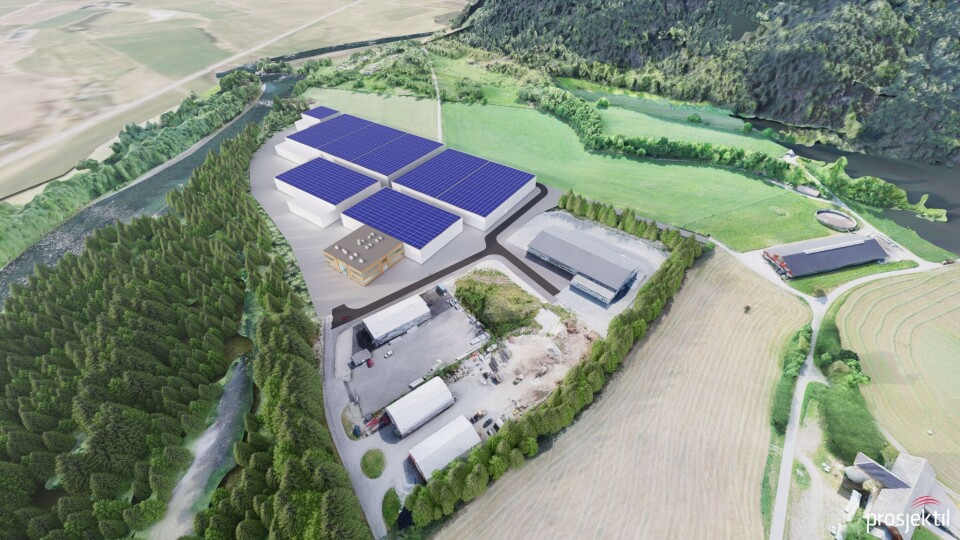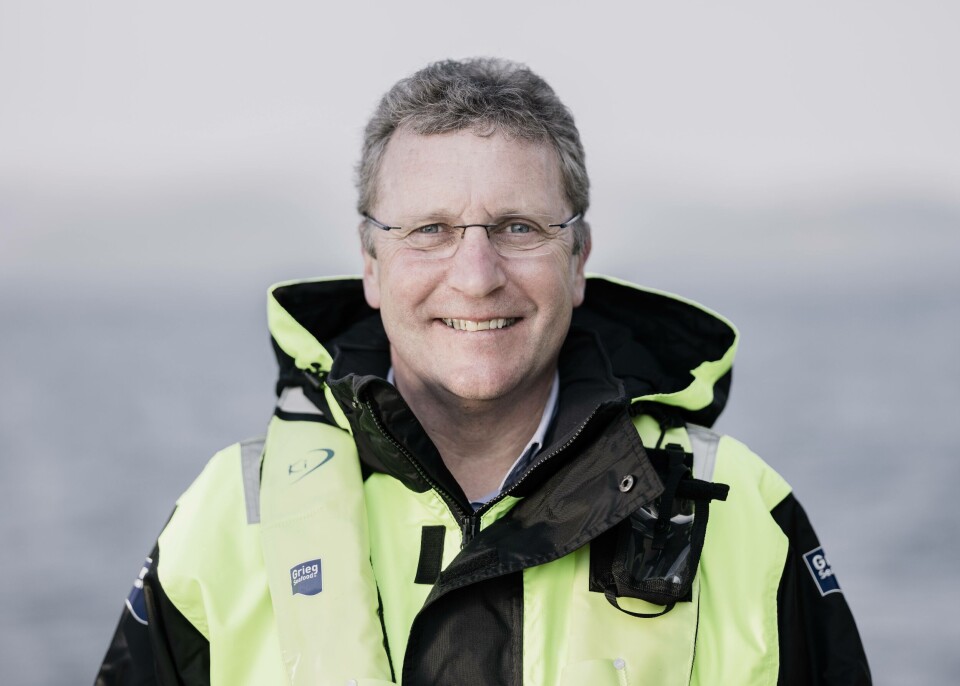
Grieg dips a toe into on-land salmon farming
Grieg Seafood has become the first global salmon farmer to invest in land-based farming all the way to harvest by entering a joint venture in southern Norway.
The joint venture Årdal Aqua will produce at least 3,000 tonnes of post-smolt annually as well as growing fish all the way to harvest size in a new land-based facility in Rogaland. Grieg Seafood owns one third of the company.
“We are working hard to improve biology and fish welfare, and to reduce our impact,” said Grieg Seafood chief executive Andreas Kvame, who is also chair of Årdal Aqua.
“For a long time, we have invested in post-smolt, where we keep the fish longer on land before we release it into the sea, as an important part of the solution. With Årdal Aqua we will be able to develop this farming method further. We aim for all of our fish in Rogaland to spend less than one year in the sea.”
Starting work in the autumn
The project is currently in the design development phase, and the company aims to start construction during the autumn of 2021, Grieg said a press release.
The facility will be built in Årdal in Rogaland and has a production capacity of 5,000 tonnes annually according to current plans. The company aims to increase the production capacity further.
With the current plans, the Årdal Aqua will create 25 local jobs in Rogaland.
The company will deliver at least 3,000 tonnes of post-smolt annually to Grieg Seafood’s sea farms in Rogaland. In addition, the company aims to gradually produce fish to harvest size on land.

Marine farms still king
“Through our post-smolt investments we acquire competence on how to produce larger fish on land. Based on this knowledge, Årdal Aqua will also grow fish all the way to harvest size. We will take a step-by-step approach, as we know how complex biology is,” Kvame said.
“With continuous improvements that reduce the impact from our sea farms, something we work a lot on, farming in the seas will still be the main component of the industry going forward. Land-based farming is, however, a great supplement, and we look forward to taking part in the development of this technology. What we know for sure is that the world will need a lot more healthy and nutritious food with the lowest possible impact.”
Årdal Aqua is owned one third by Grieg Seafood, one third by the smolt and post-smolt company Vest Havbruk and one third by the Stavanger-based investor group Omfar. Årdal Aqua estimates an investment cost of 120 NOK/kg for the development.
Freshwater facilities
Growing smolts to a larger size on land so that they spend less time at sea is increasingly common in salmon farming and a central plank of Grieg’s growth plans.
It is piloting its post-smolt strategy in Rogaland with post-smolt production at a freshwater facility Trosnavåg and a post-smolt joint venture Tytlandsvik Aqua.
The company is also investing in post-smolt at a new freshwater facility under construction in Gold River in British Columbia, at a new freshwater facility in Newfoundland and at a post-smolt joint venture Nordnorsk Smolt in Finnmark, Norway.
The company’s venture into on-land grow-out in Norway will likely raise questions about why it can’t do it hasn’t already done so in British Columbia, where the Canadian government wants to “transition” salmon farming into closed containment. But the JV announced today – which Grieg has stressed will be taken “step-by-step” - is nowhere near the scale that would be required in BC, and is regarded by Grieg as a complement for net pen farming, not a replacement.






















































